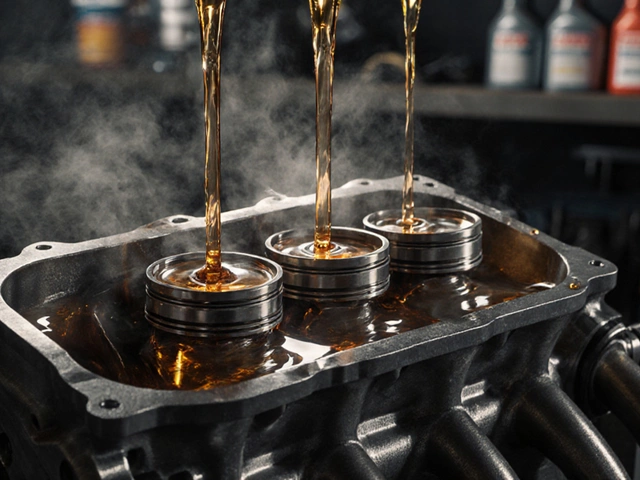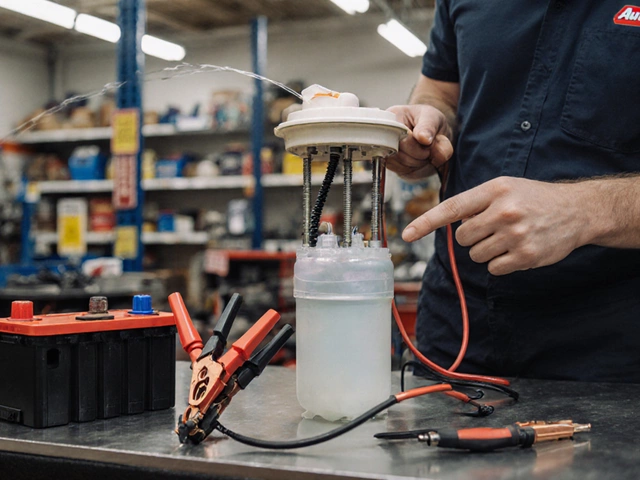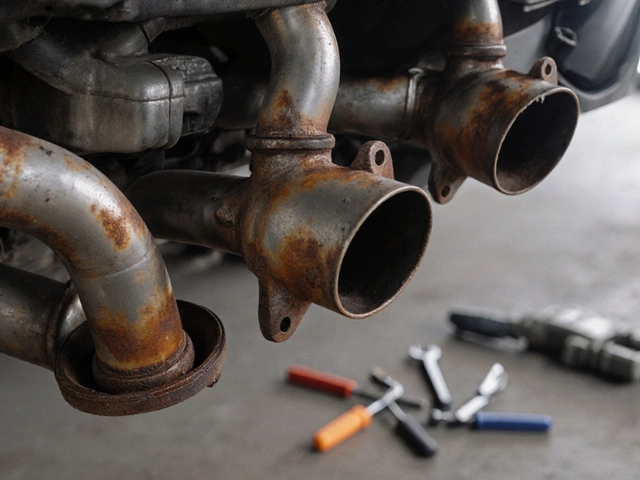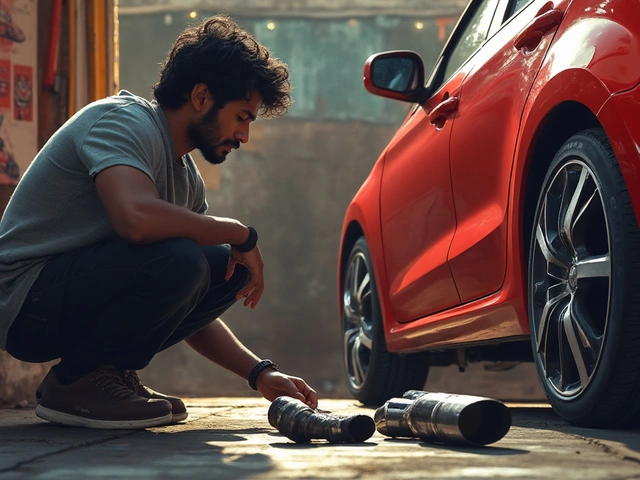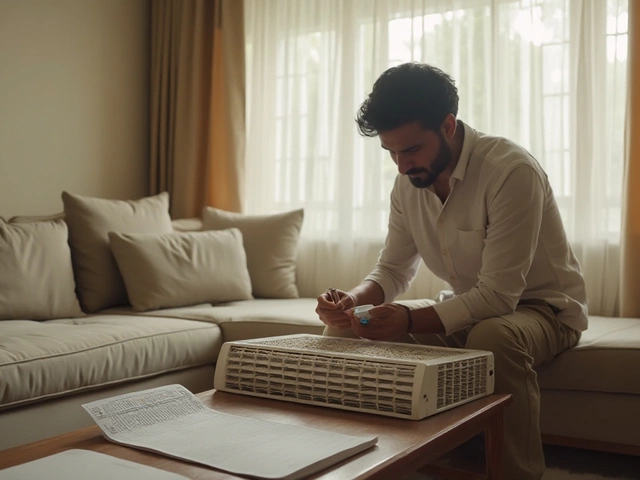Car Suspension Noise: What’s Wrong and How to Fix It
When your car makes car suspension noise—clunking, squeaking, or rattling over bumps—it’s not just a nuisance. It’s a sign something’s breaking down. This isn’t about fancy engineering; it’s about simple parts wearing out. The suspension system, the set of parts that connect your wheels to the car’s frame and absorb road shocks includes shocks, struts, control arms, bushings, and springs. When any of these fail, they don’t just ride poorly—they make noise, and that noise means danger is building.
Most of the time, that clunk you hear? It’s worn shock absorbers, the components that control how your springs bounce and keep your tires on the road. They don’t just wear out slowly—they fail suddenly. A bad shock doesn’t just make noise; it makes your car harder to stop, harder to steer, and wears out your tires in months instead of years. And if you hear a squeak when turning? That’s usually suspension components, like ball joints or control arm bushings that have dried out or cracked. These aren’t expensive parts, but when they go, they cause chain reactions. A loose ball joint can wear out a tire. A broken strut can damage your wheel alignment. And if you ignore it long enough, you’re not just paying for repairs—you’re risking your safety.
What you’ll find below isn’t theory. It’s real fixes from real cars. We’ve got guides on how to spot a failing shock before it leaves you stranded, what parts actually need replacing during a front suspension overhaul, and why replacing just one strut can make things worse. You’ll learn how to tell if that noise is just a loose bolt or a sign your entire suspension is falling apart. No fluff. No jargon. Just what works, what doesn’t, and what you need to do next.
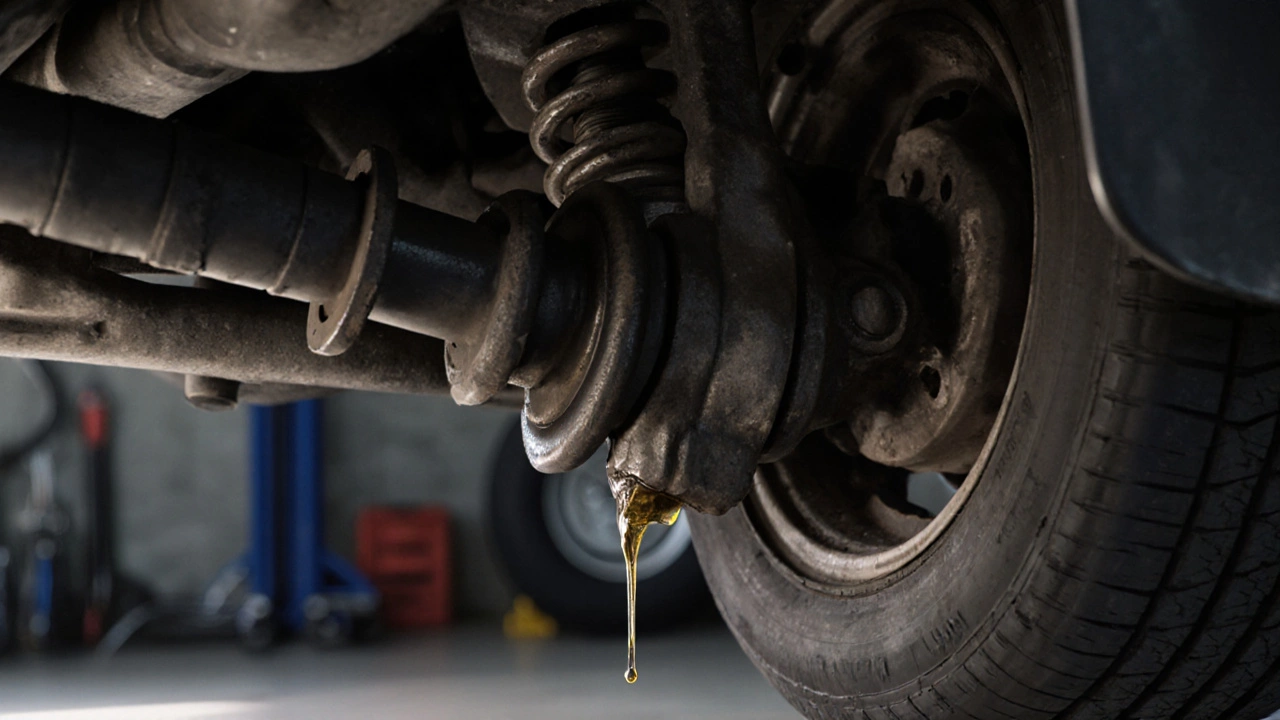
What Sound Does a Car Make When Shocks Are Bad?
Bad shocks make loud clunks, thumps, and rattles when driving over bumps. These sounds mean your car's suspension is failing-leading to longer stops, uneven tire wear, and dangerous handling. Don't ignore the noise.
CONTINUE READING
